Here’s When You Might Need a Headphone Amplifier
Question: What is a Headphone Amplifier?
Simple Answer: A device intended to increase the volume of an audio signal as it enters your headphones.
I remember the first time I bought professional headphones. I was 18 and creating my first real home studio in my parents’ house.
I had OK noise-canceling headphones, but I wanted to be legit when it came to mixing my audio.
I found a pair of Sennheiser headphones that had great reviews, and were great for production, so I immediately dropped well over $100 on them.
I think it was next day when I came across the term “headphone amp”.
My heart was immediately engulfed by my stomach because I didn’t know if I was going to be able to use my nice new headphones without one. I had also gone way over my budget and couldn’t afford an amp even if I needed it.
Fortunately, I got lucky and found out that, while my headphones could benefit from a headphone amp, it wasn’t a requirement.
Which was great, because I was completely confused about what headphone amps did or what they even were.
What are Headphone Amps
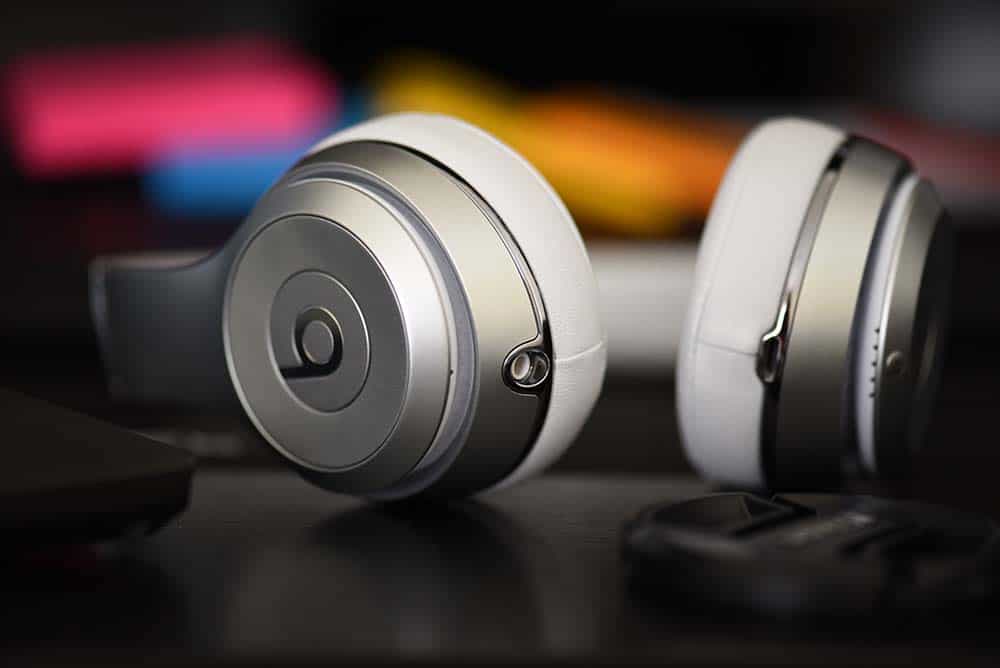
So what are headphone amps anyway?
Headphones and speakers require amps to power them when they have an impedance of 4 ohms and higher. The higher a headphones’ impedance the more voltage that’s required to power them.
Amps are hidden everywhere; they're in our phones, laptops, tablets, etc.
Some headphones are fairly large and require a lot of voltage to be powered. Sometimes when you plug in those huge, over-ear headphones, you find that they are rather quiet and despite turning the volume to max it’s still not enough, or they sound distorted.
Sometimes the mids and highs will come out clear and strong, but then the lows are non-existent.
The point is you’re not getting the best sound quality out of your headphones because they require more power than a phone or laptop can supply them.
So why not just make energy efficient headphones?
That’s a great question and most headphones made today actually are.
Old headphones almost always have a high impedance, however, and top of the line modern headphones usually do as well.
This is good, because it allows them to use more coils in their drivers (this converts electrical signals into sound) and in return, you get a cleaner, more precise sound.
If you’re in the same situation I was, you might have to budget between good headphones and an amp. Always choose a good pair of headphones over a good headphone amp.
No matter how great an amp is and costs, it will never make your headphones sound better than their max potential.
A lot of beginners get caught up in the jargon used by audiophiles. They like to claim that you can only have acceptable sound quality by spending mass amounts of money.
To be honest, I see no point in jumping from $30 headphones to $200+ headphones that need a $300 amp to power them, especially if you’re worried about money. I say this because your ears probably aren’t trained to the point where they can pick out such detail anyways.
Now, if have the cash and aren’t on a budget then go ahead, because eventually, your aural skills will become refined enough to warrant the cost.
However, It’s ultimately up to you and your ears.
Maybe you’re completely fine with the quality that comes from $150 headphones that don’t require a headphone amp to power them, and you never move from there. Maybe you don’t stop until you’ve spent over $1000 on a headphone setup.
Trust your ears and let them be the judge, and not what others say.
So let’s look at when its time to get a headphone amp.
Why You Might Need One
I’ve been throwing the word “impedance” around and understanding it is critical to knowing whether or not you need an amp.
You already know that headphones need an amp after 4 ohms and that just means it needs a certain amount of voltage to power them to their maximum potential.
You also know that computers, phones, etc. can successfully power most headphones without the help of a headphone amp.
There are two other numbers you’ll want to know about when it comes to impedance: 32 and 100 ohms.
You will potentially start hearing benefits from using a headphone amp if your headphones have an impedance rating higher than 32 ohms. You can easily find your headphones’ impedance rating by looking online.
My old Sennheiser headphones ended up having an impedance rating of 50 ohms, and I never used an amp for it or felt that it was needed.
If your headphones have an impedance rating of more than 100 ohms, however, then you’ll probably want to look into grabbing an amp.
Here’s When You DON’T Need One
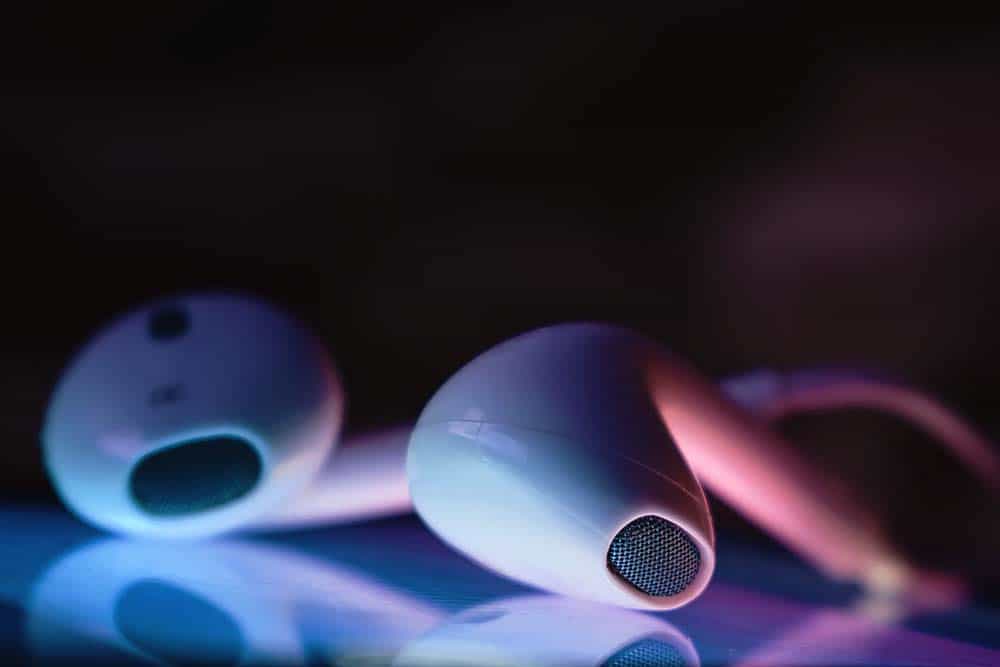
The easiest way to figure out if your headphones need an amp is to put them on and play them at max volume.
If you coil away in fright at that notion, then congratulations your headphones probably don’t need a separate amplifier.
Disclaimer: Doing this test, gradually ease your way up to full volume. Full volume is most likely going to be very loud and you don't want to damage your hearing.
Headphones that require headphone amps are fairly quiet even when your device’s volume is maxed out. Remember to listen for an even frequency range and make sure nothing is getting lost by lack of power.
When dealing with headphones that have an impedance of 100 ohms or less, your ears are going to have to make the call whether you need an amp or not.
Noise-cancelling headphones have active components that act like an amp built into them, so you won’t need a separate amp to power them.
In-ears, like earbuds, require way less power compared to their bigger brothers and can easily be powered by phones, computers, etc.
You preferably won’t be using either for the majority of your mixing since quality is reduced on both noise-canceling headphones and in-ears.
How to Pick the Right Amplifier for You
If you end up needing a headphone amplifier, it’s important to find one that best fits your needs as they can get pretty expensive.
There are three main classes of amps: portable, desktop, and rackmount.
As a general rule, you want to aim for an amp that provides at least 500 milliwatts of power and has a low output impedance of only a few ohms at most.
But before we get into finding the best one, I want to quickly mention DAC (Digital-Analog Converter).
The DAC is what converts an audio digital signal into an analog one (the sound you end up hearing).
When searching for headphone amplifiers you’ll come across this term about half the time, and a lot of headphones have them built-in. Whether you need one or not is up to you.
Your music player will have its own DAC, and if you feel it’s already delivering high-quality audio and it just needs a volume boost, then there is no reason to get an amp with a built-in DAC.
Portable
Portables are the go-to’s when you only need to power one headphone at a time. They are usually around the length of your cell phone and as thick as a deck of cards, so they are super easy to carry around.
They have to be recharged at some point and most have a battery life of 6-16 hours.
My favorite portable amplifier is the FiiO A3.
It can handle headphones that have an impedance rating between 16 to 150 ohms and provides a bass boost output. FiiO makes the e17k, in case you need a great portable amp that has a built-in DAC.
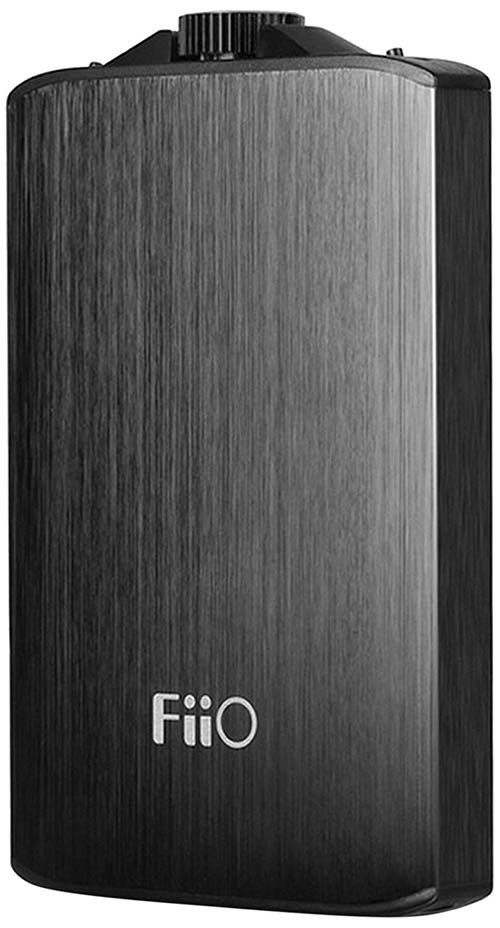
FiiO A3 Portable Headphone Amplifier
Desktop
Desktop amps are a bit bigger and can usually handle one to two headphones. Though, you can get ones powerful enough to handle up to four headphones at a time.
Desktop amps are great for mixing and most good ones have handy features designed withmixing and mastering in mind, like switching between monitors and headphones, ability to jump to mono, and volume controls.
They typically can handle up to around 600 impedance.
Marantz HD-DAC1 has impeccable sound quality and is ridiculously flashy with an absurd amount of features including its digital display, which shows you info on volume, input, resolution, etc.
It’s powerful enough to even connect to a Hi-Fi integrated amplifier, as well as active speakers and power amps.
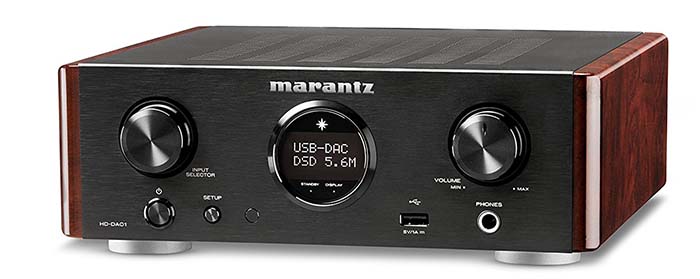
Marantz HD-DAC1 Headphone Amp
Rackmounts
The last type of headphone amplifier that you’ll come across is rackmounts. These are, of course, made for studios and are designed to run multiple headphones at once, and can even be daisy-chained to connect even more outputs.
The PreSonus HP4 is great for smaller studios and allows you to connect 4 headphones at a time with the ability to daisy-chain more.
They also have a great desktop version available that’s slightly cheaper, the HP2, and if both the HP2 and HP4 seem too small then check out their 6 output rackmount, the HP60.
The outputs are slightly on the smaller side when it comes to supplying voltage, so watch if you’re trying to hook up four power-hungry headphones. The cost alone makes up for that issue, though.

PreSonus HP4

Final Thoughts
I can confidently say that, most likely, you will not need a headphone amp. After quickly scanning around online, I didn’t see headphones that required headphone amps until they were getting close to around the $300 range.
Unless you’re going for a professional audiophile setup, you’re probably better off spending your money on other equipment first that will do more for your sound.
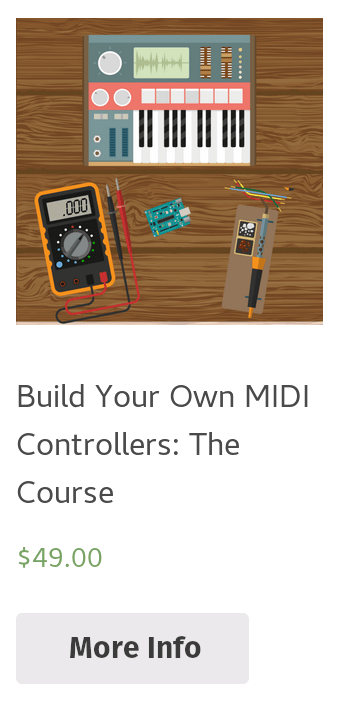
Leave a Comment